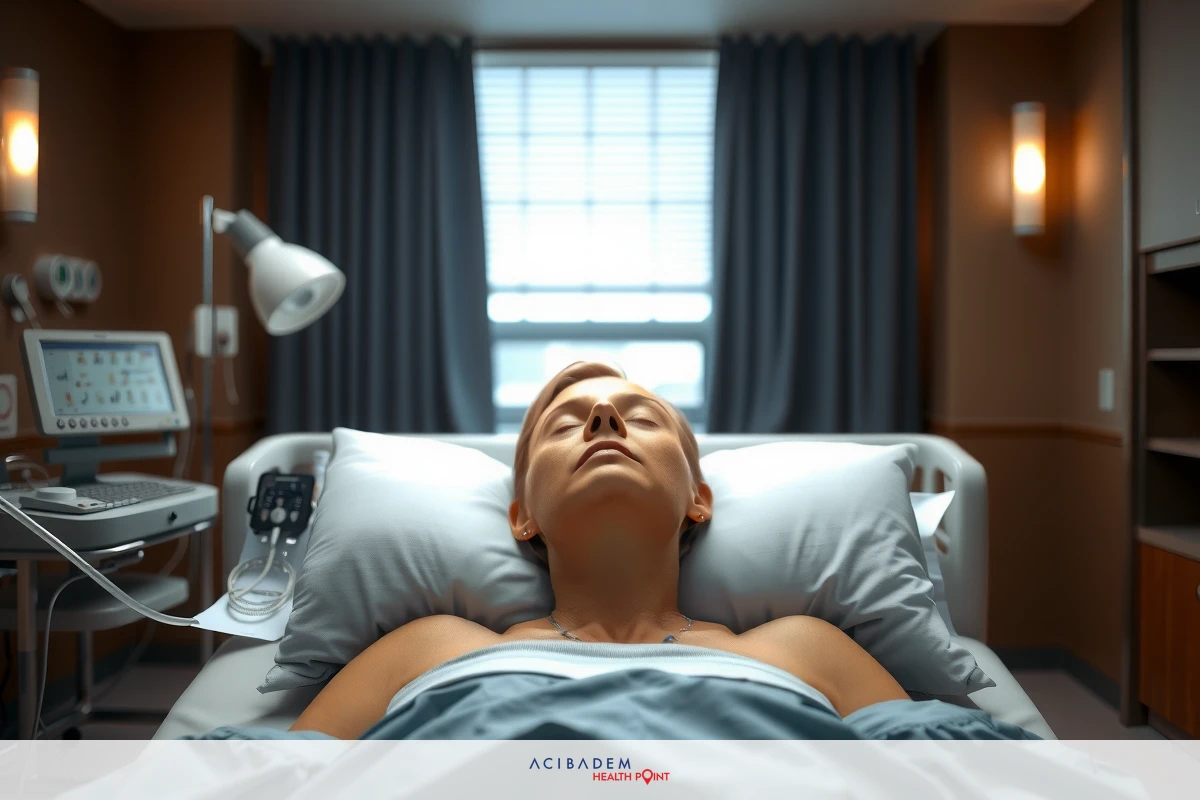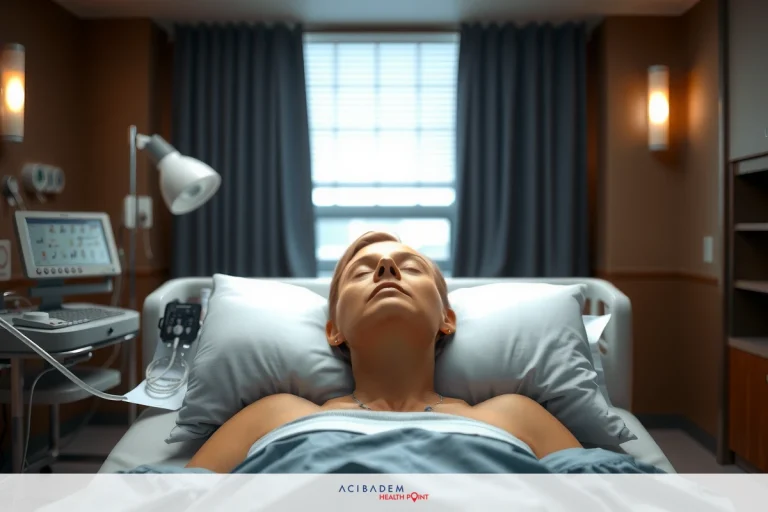How to Position a Patient after a Rhinoplasty
How to Position a Patient after a Rhinoplasty The art of ensuring a successful recovery from rhinoplasty goes beyond the surgeon’s skilled hands. One often overlooked but crucial part of post-operative care is how patients position themselves during their recuperation period. This seemingly trivial detail can have substantial implications for healing and preventing complications.
With that said, understanding the importance of proper patient positioning after rhinoplasty is essential. Not only does it promote comfort during the healing process, but it also minimizes risks associated with swelling and bleeding—two common concerns following nose surgery.
Mastering optimal patient positioning can feel like navigating an intricate labyrinth without a guide map. But fear not! Equip yourself with practical guidelines on achieving ideal positions throughout your recovery journey to smooth your path towards complete healing after a rhinoplasty operation.
Why is Patient Positioning Important?
Patient positioning plays an indispensable role in the recovery period following a rhinoplasty surgery. Increasing comfort, promoting optimal healing and minimizing potential complications are just some of its benefits. Indeed, correct patient positioning can be as critical to post-operative care as medication adherence or incision site cleanliness.
In the immediate aftermath of nose surgery, patients may experience swelling and bruising in the facial area. These physical responses are natural parts of your body’s healing process but they can also contribute to discomfort during recovery. Proper patient positioning helps mitigate these effects by encouraging blood flow away from the face thereby reducing inflammation.
Moreover, proper positioning protects against pressure sores—an unwelcome complication that could set back your recovery timeline. By regularly shifting positions under medical advice or using specialized cushions for support, you prevent undue pressure on any specific part of your body which is essential for avoiding skin breakdown.
Lastly, good patient positioning contributes significantly towards maintaining clear airways—a critical consideration after rhinoplasty given its direct impact on nasal
passages. In fact, obstructed breathing due to incorrect sleeping position is a common concern among patients recovering from nose surgery; therefore it becomes crucially important to ensure ideal angles when resting or sleeping.
In conclusion, understanding the importance of proper patient positioning enhances not only comfort levels throughout your recovery journey but also directly impacts overall healing outcomes post-rhinoplasty.
Tips for Proper Patient Positioning
As we have established, patient positioning is a critical aspect of rhinoplasty recovery. It’s about maintaining optimal alignment while ensuring comfort and promoting healing. Here are some practical guidelines to ensure proper patient positioning during the post-operative period.
- Elevate Your Head: Keeping your head in an elevated position can significantly reduce swelling and discomfort. This can be achieved by using extra pillows or a reclining chair.
- Avoid Sleeping on Your Stomach: Sleeping face-down puts undue pressure on your nose which might

A person in a hospital bed with medical equipment. The individual is connected to machines that appear to be for monitoring their condition. disrupt the healing process post-surgery.
- Refrain from Bending Over: Activities that involve bending over increase blood flow to the face, potentially exacerbating bruising and swelling.
- Use Specialized Cushions if Advised: Patients may find specialized cushions comfortable as they provide added support without putting pressure on the nasal area.
- Turn with Caution: Be mindful when turning your head or altering positions to avoid any sudden movements that could affect the surgical site.
- Seek Professional Advice for Personalized Guidance: Each person’s body responds differently after surgery; hence it is essential to consult with healthcare professionals who know your case well for customized advice regarding patient positioning.
These tips serve as a handy guide during your recovery journey following nose surgery but remember, individual experiences may vary so always seek professional medical
advice tailored specifically to you.
Frequently Asked Questions
How long should I maintain an elevated head position following my rhinoplasty surgery?
Typically, it's advised to keep your head elevated for at least a week post-operation. This helps reduce swelling and promotes healing. However, individual requirements may vary so it is always best to consult with your healthcare provider.
Can I sleep on my side after rhinoplasty?
Ideally, you should avoid sleeping on your side during the initial recovery period as this could put pressure on your nose. Try maintaining a back-sleeping position until advised otherwise by your medical practitioner.
What can I do if I'm finding it difficult to breathe because of nasal congestion post-rhinoplasty?
Nasal congestion or difficulty in breathing are common complaints after a nose surgery due to swelling inside the nostrils. Maintaining an upright posture can help facilitate better airflow through the nostrils. Additionally, saline sprays might be recommended by doctors for relief from congestion.
Are there any specific devices that can aid patient positioning during rhinoplasty recovery?
Yes! There are specialized pillows available on the market designed specifically to provide comfort and support without putting undue strain on the surgical site.
Remember, while these answers aim to address common concerns about patient positioning during rhinoplasty recovery period, each individual case is unique. Always seek personalized advice from your healthcare provider regarding any queries or concerns you may have related to post-operative care.











